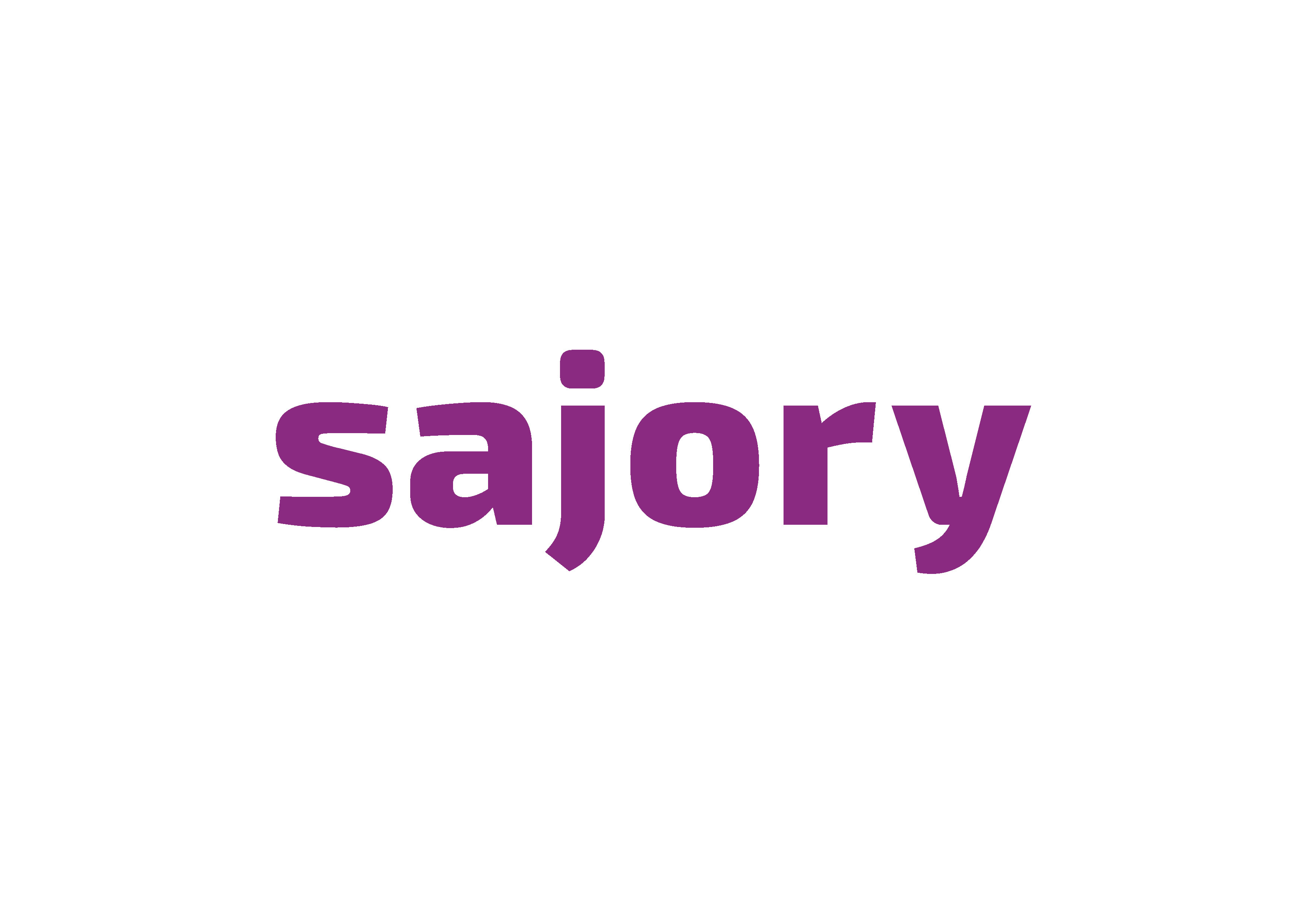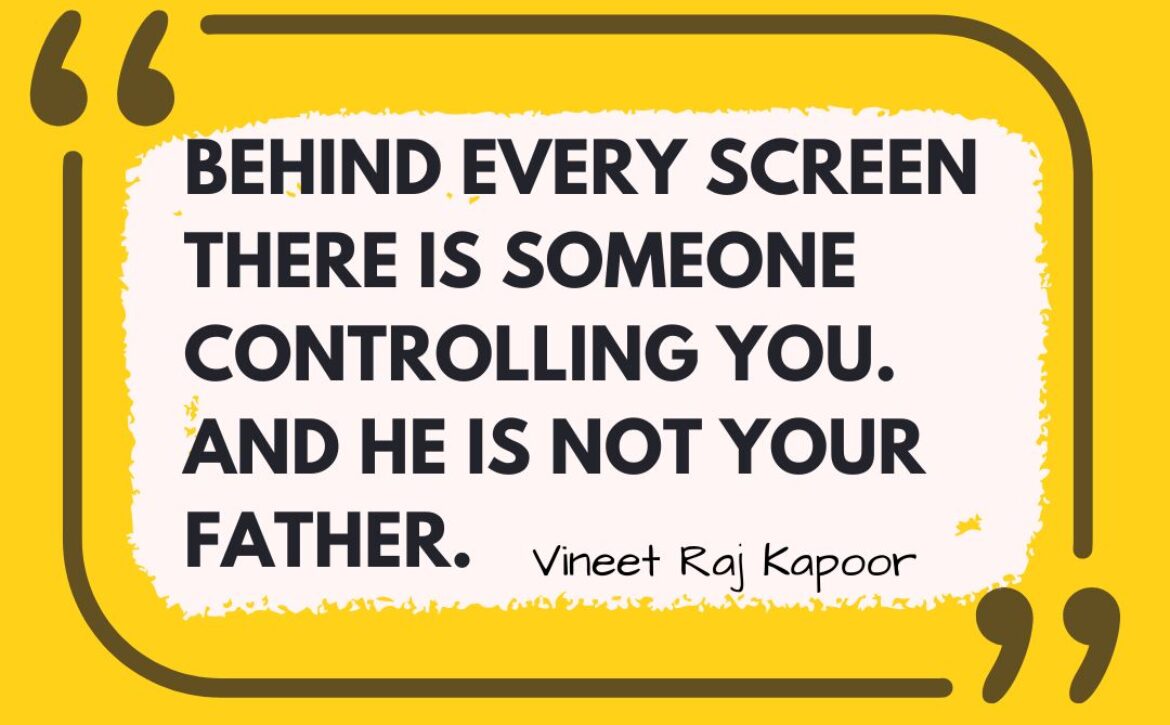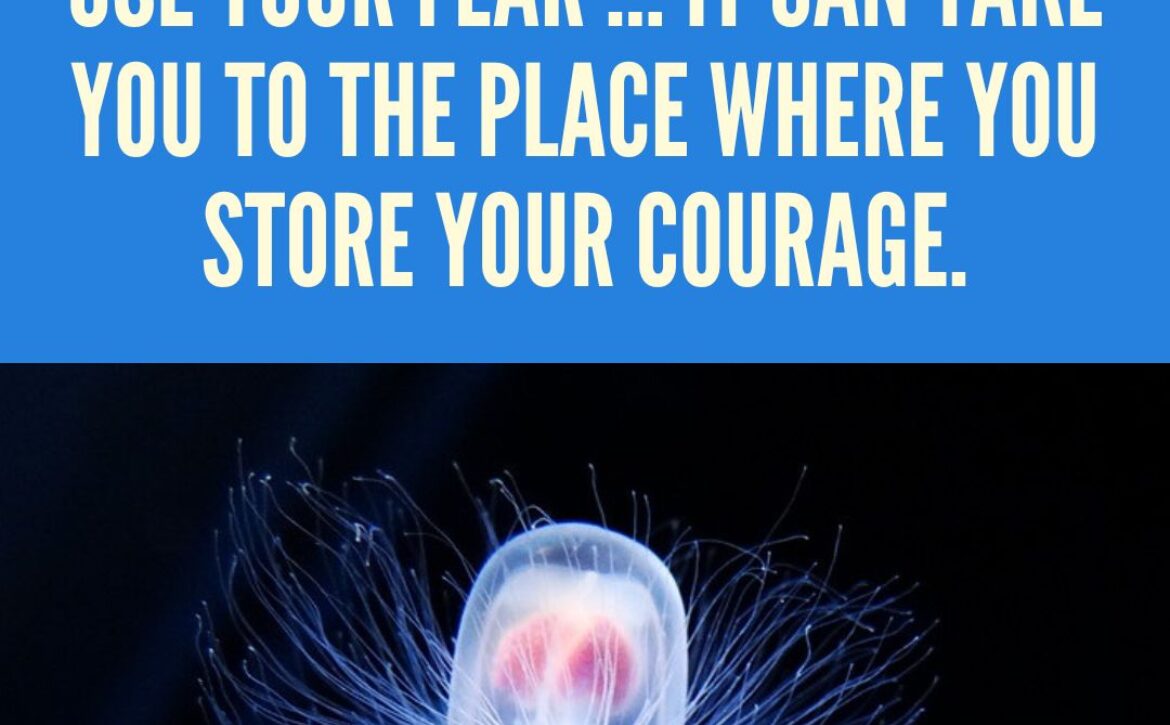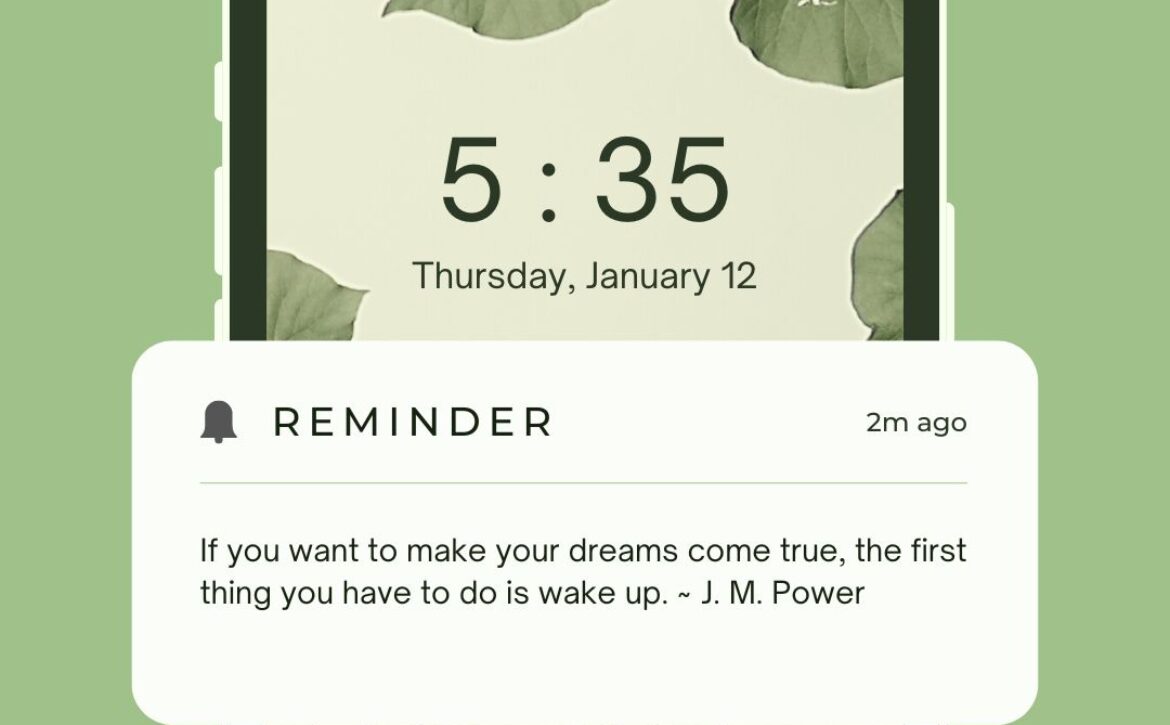Metaphors are leveled up analogies
A direct analogy (like when you give an example), a personal analogy, role-play, a symbolic or a metaphoric analogy are ways to feed unique ideas with unique ingredients. In his book “A Whole New Mind”, Pink states that “metaphorical imagination is essential in forging empathic connections and communicating experiences that others do not share”.
Metaphor is a type of analogy. Where analogies identify two things as similar, metaphors claim a comparison where there may not be one. You intensely use your imagination to build that bridge and solidify that learning.
If you understand A, and you see that B is like A in a certain aspect but a little different, you then understand B. Memorization is brittle, Seth Godin explains, Metaphor scales. It “helps us create the next thing and find our footing when confronted when the new.”
In anticipation of your dreams manifesting starting next week with the new year, what metaphors can you create that relates to them? To the new year? To a better world? To a leveled up you?




